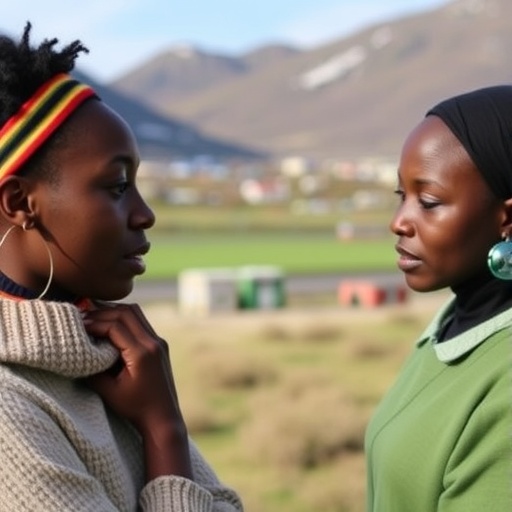According to family physician Norbert Donner-Banzhoff, building an effective relationship with a patient and making a diagnosis are not separate skills. Rather, diagnosing a patient efficiently and effectively is a process best shared by patient and physician. Donner-Banzhoff introduces the concept of inductive foraging, which begins with inviting patients to describe the problem that brings them to the doctor. "If they are allowed to do this without interference," he writes, "they will lead their clinician to symptoms and problems as they perceive them," often mentioning additional symptoms, associations, and potential explanations or concerns. This is particularly important in primary care, because the problem space, i.e., the universe of potential diagnoses, is vast and the probability of specific diagnoses is small. After the patient has helped define the problem space, physicians can gain additional information by direct questions, however Donner-Banzhoff cautions against testing hypotheses too early, because important information might be missed. This process depends on the quality of the clinician-patient relationship and requires sufficient time and encouragement for the patient to mention all concerns. The result, he states, is a synergistic and ultimately time-saving process of shared enquiry.
###
Solving the Dagnostic Challenge: A Patient-Centered Approach
Norbert Donner-Banzhoff, MD, MHSc
University of Marburg, Marburg, Germany
http://www.annfammed.org/content/16/4/353
Media Contact
Janelle Davis
800-274-2237 x5222
@annfammed
http://www.annfammed.org




